Applications for Ohio Farm Bureau Health Plans now available
Members have three ways to apply: contacting a certified agent, calling 833-468-4280 or visiting ohiofarmbureauhealthplans.org.
Read MoreIn real estate — and home gardening — one thing to remember is location, location, location.
The ideal garden spot offers all-day full sun, well-draining but moisture-retentive soil and easy access to the hose for the inevitable dry spells.
Just as important are following some basic practices to ensure good soil health and creative thinking to transform less-than-perfect places into productive locations.
Once you find that sweet spot for tomatoes and other favorites, it seems reasonable to grow them there again and again. It is possible to reap repeated success, but most likely, the sweet spot will sour and produce wimpier plants, while pesky bugs and plant diseases increase.
“You have to rotate things,” said Robin Gorrell, an Ohio State University Extension Master Gardener Volunteer in Seneca County. Pest populations can build up in soil over time. This is especially true of tomatoes, among the most popular plants.
Crop rotation, a principle widely practiced by generations of farmers, renews the soil to keep it productive. Plus, by keeping the host plant out of the area for several seasons, pest and disease problems tend to die out.
“In some places they can grow corn after corn,” said Kris Swartz, a Wood County Farm Bureau member and past president of the Ohio Federation of Soil and Water Conservation Districts. That’s not the case with his farm. He relies on clover, wheat and soybeans as part of the rotation schedule with corn. Swartz was recently recognized with the Olin Sims Conservation Leadership Award by the National Association of Conservation Districts and the U.S. Department of Agriculture. Swartz is a Wood County Soil and Water Conservation District supervisor.
For Bob Rothwell, an OSU Master Gardener Volunteer in Washington County, the wait between tomato plantings is four years. The same wait period applies to tomato’s nightshade family cousins: potatoes, peppers and eggplant, which can attract some of the same problems.
Rothwell keeps records on what’s been grown in his 20 cultivated beds. He uses members of major plant families to fill the beds between tomato (nightshade) plantings. For instance, one season it’s members of the mustard family, such as cabbage and turnips; then legumes, including peas and beans; and others such as lettuce, spinach, chard, onions and garlic. Legumes add some nitrogen to the soil, replacing this essential element needed for plant growth, said Gorrell.
While infrequent, soil-borne pests can affect some flowers, said Pamela J. Bennett, the Ohio State Master Gardener Program director. “Rotation is always a good idea.”
A few years ago downy mildew showed up as a fatal problem for impatiens, popular summer annuals for shaded places. The soil-borne problem can persist for years, Gorrell said. She has found impatiens available again and tried them with success in her woodland landscape. Those who had impatiens affected by the mildew can use New Guinea type impatiens or wax begonias as replacements.
Master Gardener Volunteers and other seasoned growers have several suggestions for greater success with vegetables.
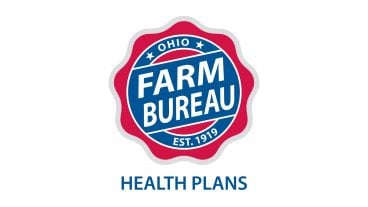
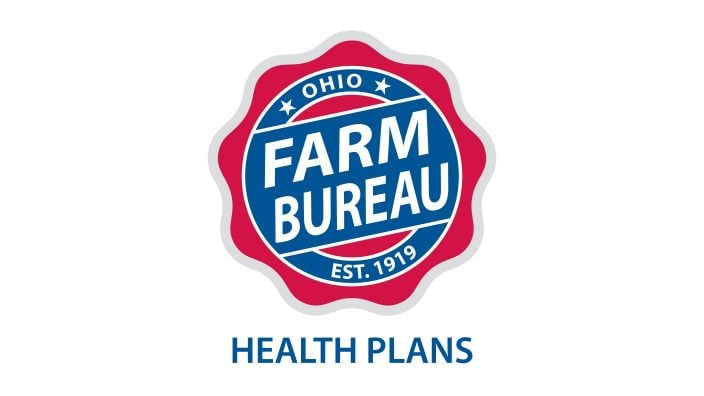
Members have three ways to apply: contacting a certified agent, calling 833-468-4280 or visiting ohiofarmbureauhealthplans.org.
Read More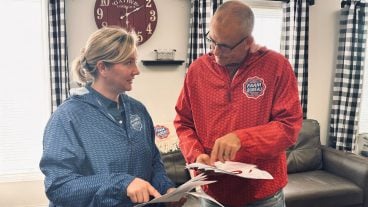
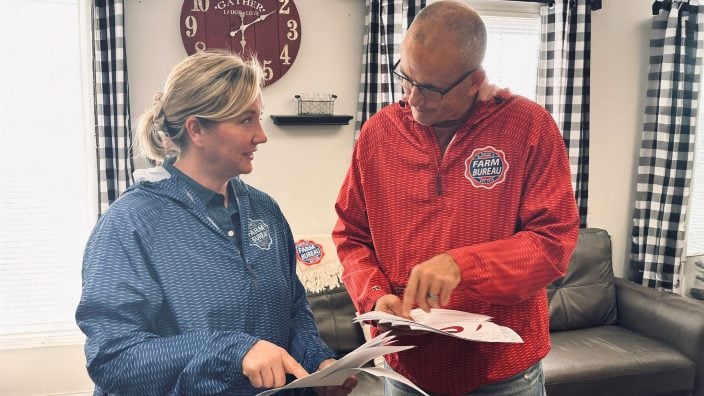
One of the best decisions Shannon and Heather Utter made a few years ago was looking into a Farm Bureau member benefit that has ended up saving them thousands of dollars on their energy bills.
Read More

Ryan Hiser has experienced first-hand the importance of having the opportunity to vote on issues that will affect his family operation and other farmers.
Read More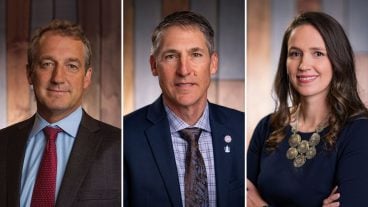
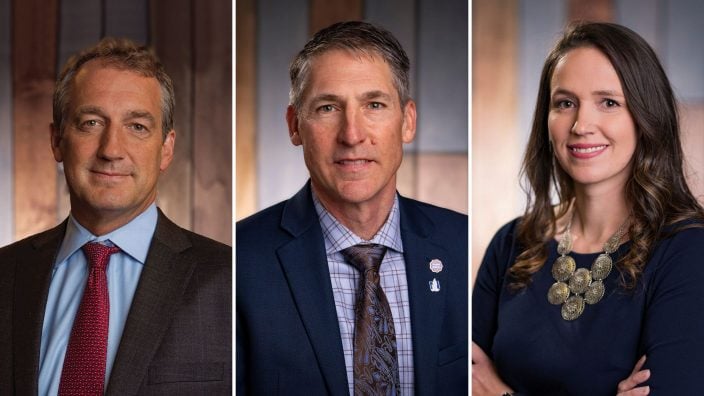
Bill Patterson, Cy Prettyman and Adele Flynn will continue to serve as officers for Ohio Farm Bureau Federation.
Read More

Delegates discussed many topics impacting agriculture including farmland preservation, local foods, and succession planning.
Read More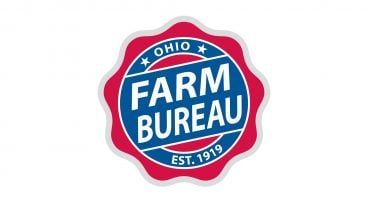
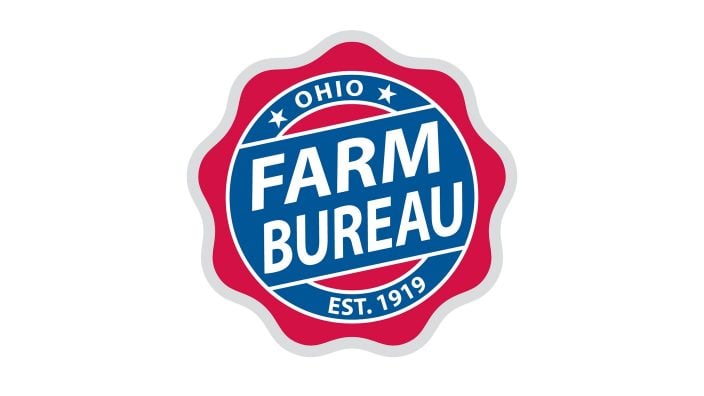
Twenty-six farmers govern the state’s largest farm and food organization.
Read More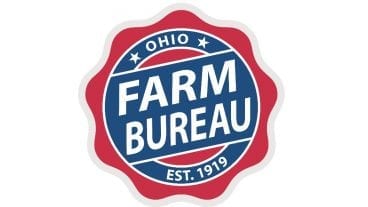

The 2025 recipients are Fred Cooke (posthumous) of Richland County, Marvin Dietsch of Williams County, Steven Knollman of Hamilton County and Michele Miller (posthumous) of Ottawa County.
Read More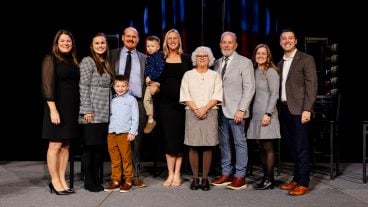
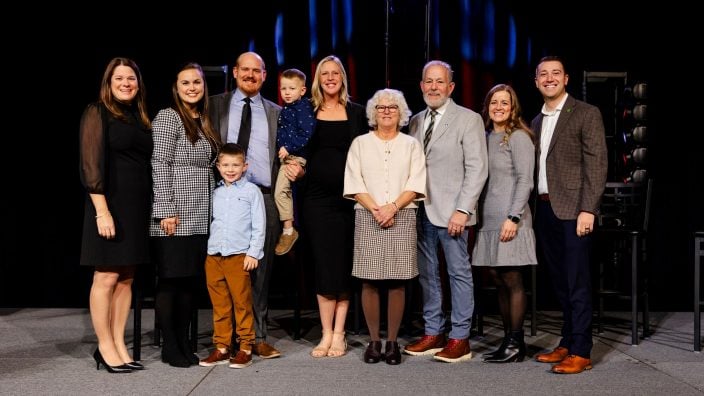
Nathan and Jill Parriman grow seasonal crops, including Christmas trees, pumpkins and cut flowers, providing U-cut experiences that invite customers to engage directly with agriculture.
Read More
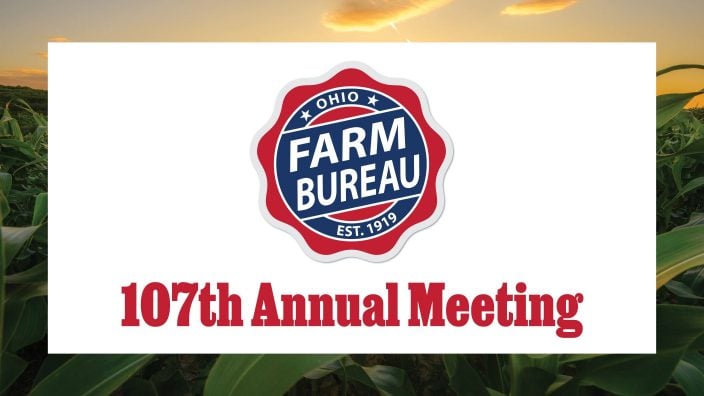
The 2025 Distinguished Service Award recipients are Craig Adams, Mike Townsley, and Kellogg Farms, Kurt Farms and Stateler Family Farms.
Read More

Ohio Farm Bureau Treasurer Adele Flynn participated in the meeting, representing Ohio farmers.
Read More